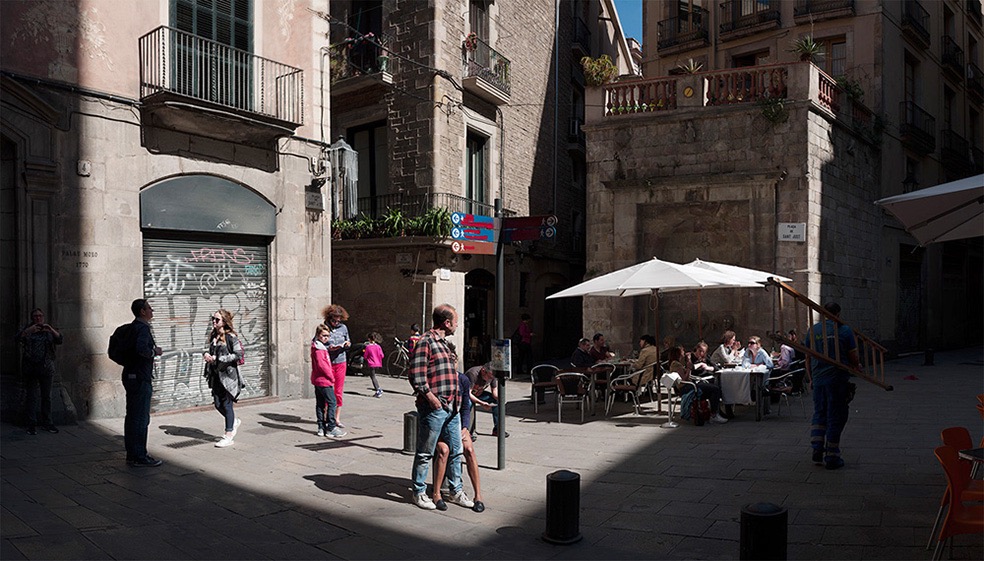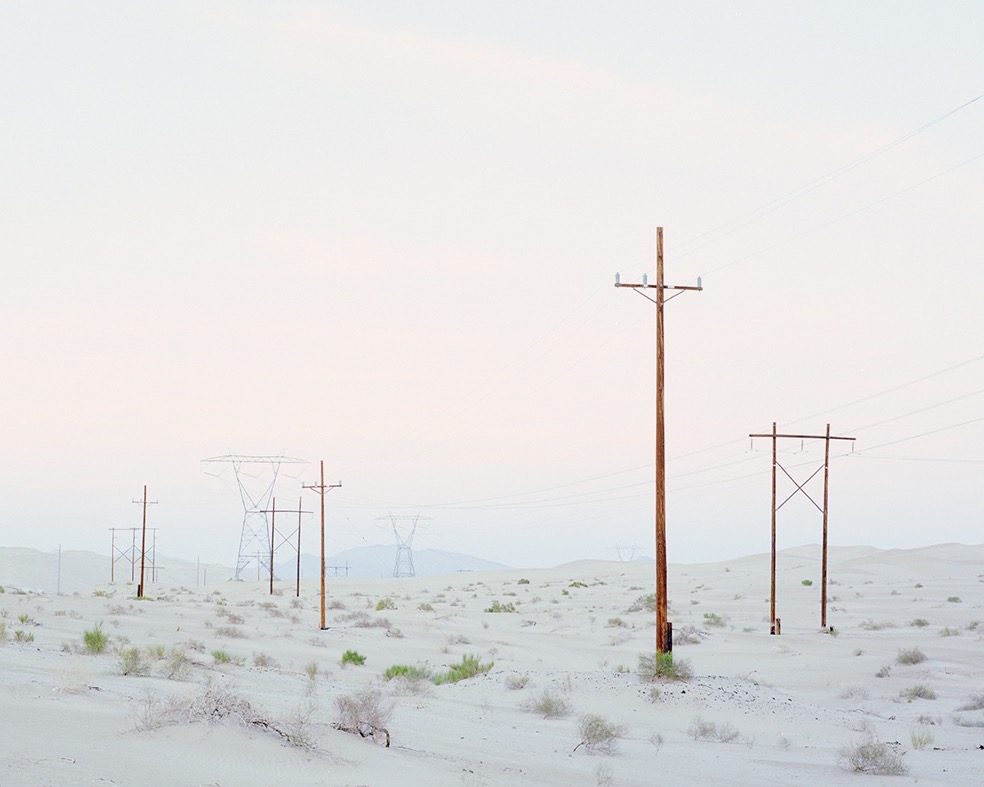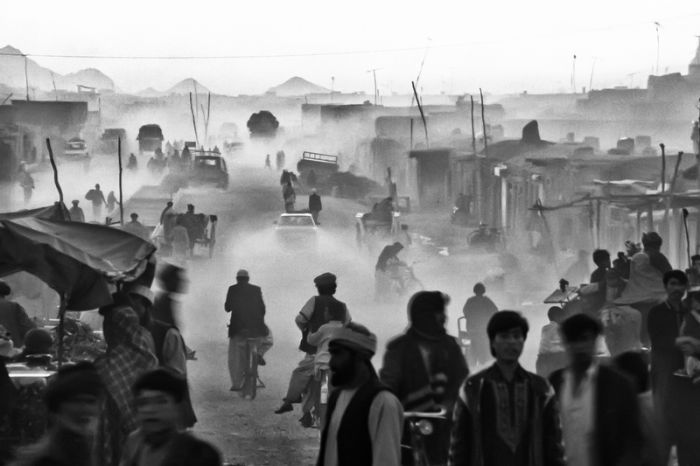Matt Hamon is a portrait photographer who lives in rural Montana. His photography exists conceptualy and aesthetically in the spaces between photojournalism and staged editorial imagery. Matt hails from a small, remote town in Northern California. A sense of place informed by wandering the woods as a child inspires his enquiry. Self-described as “post-rural”*, Matt currently lives in Potomac, Montana near the Blackfoot River and teaches in the School of Art at the University of Montana in Missoula. Matt is a featured artist in Scott Ligon’s forthcoming book from Watson-Guptil/Random House, “Digital Art Revolution.”
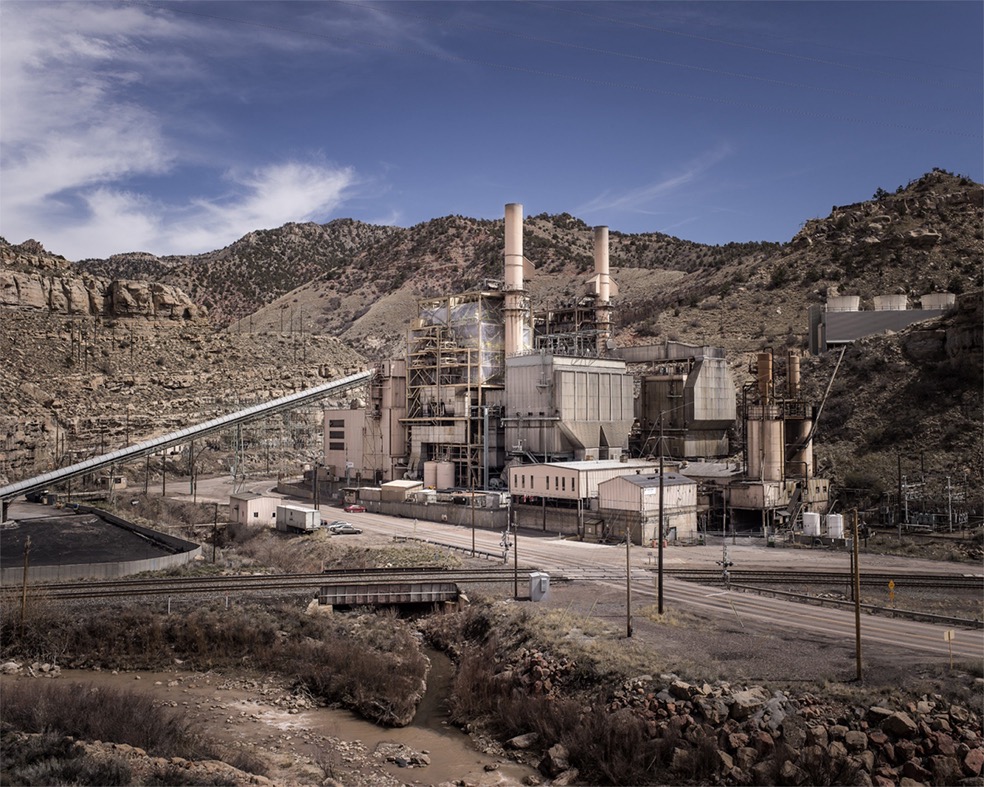
How did you get interested in photography? Do you have an educational artistic background?
I started thinking seriously about how to craft and effective photographic image as part of my undergraduate education in graphic design. At about this time I also became interested in the autonomy that a fine art practice would offer over the constant negotiation of concepts associated with clients and design teams in graphic design. This seemed appealing to me so I ultimately pursued an advanced degree in photography.
Where do you get your creative inspiration from? Is there any other artists or photographer who inspired your art?
I think the medium inspires me. I simply love to look at well crafted images. I’m particularly interested in portraiture. I believe this relates to personal issues of intimacy. A photograph captures a person and renders them at a static resolution that allows us to look deeply at them, even if we don’t know them. This sort of intimacy is only available to close friends, family, or lovers. It’s an amazing access that the photograph offers. While it’s absurd to assume there are truths in photographs, I’m also curious about how we read and interpret them, what sort of metaphor and meaning can be deciphered… Something like interpreting a poem.
I do look at a lot of work and I appreciate the foundation of photography that has been developed by early and contemporary practitioners. It’s hard to pin down favorites or sources of inspiration. There are so many. Some favorites include Emmet Gowin, Andrea Modica, Joseph Koudelka, and Keith Carter, the list goes on. Of course, these are all photographers who focused on people and there is so often a secondary or tertiary narrative quality and complexity about the images.
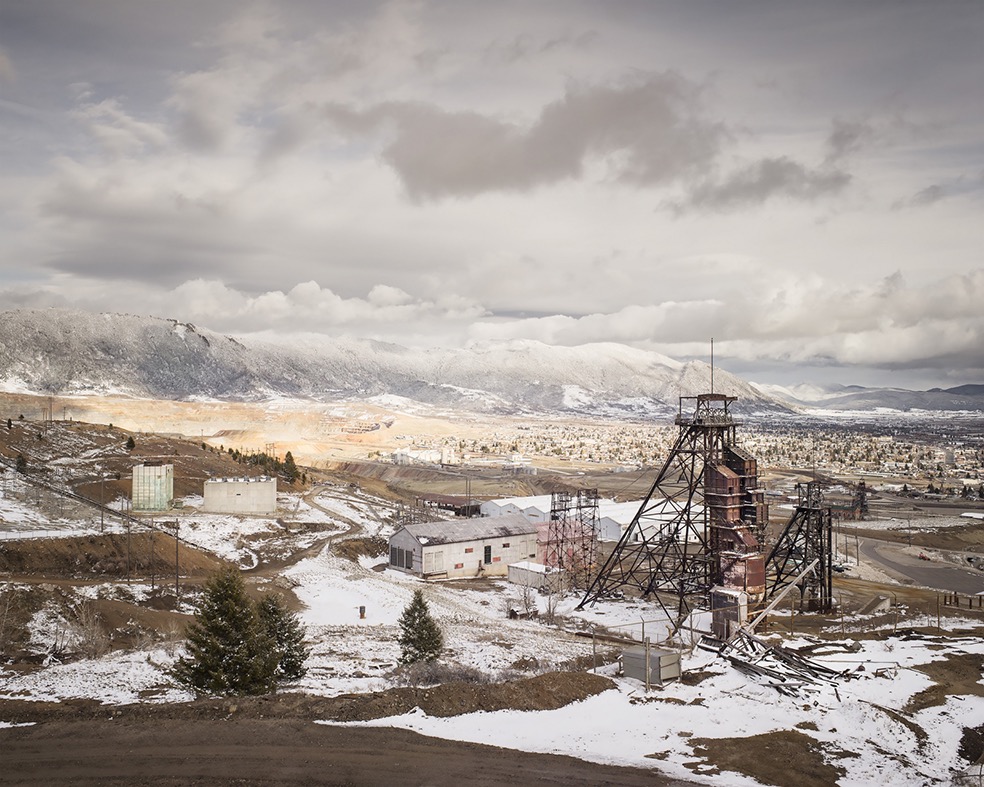
How much preparation do you put into taking a photograph or series of photographs? Do you have any preferences regarding cameras and format?
I don’t do too much preparation for any series of images I’m planning to shoot. I do think about location, time of day, lighting, etc., before I start working, but I think photographers have to develop a certain degree of agility in order to work with what is presented to us in any given situation and at any given time. I guess the preparation comes long before, via experience and general application of an effort to craft an image. Each image that is made is preparation for the next.
For the type of work I’ve been doing recently, resolution is important to me. As I’ve mentioned, I want to offer the viewer something close to the experience of standing face to face with the subject. This requires particular attention to scale and resolution. While I love the way the internet has opened up access and distribution of photographic images, it also severly compromises resolution. There is no substitute for standing in front of a large scale print and letting your eye wander over each detail. For these same reasons I’m also working in color, as I want the image to be linked to this reality. Thus, a medium format camera with a high resolution digital back has become the correct tool for me in relationship to these aims.
Tell our readers more about your award winning project „The Gleaners”.
The Gleaners project borrows its title from the Millet painting. There’s one image in the series in which the gestures of the figures reminded me of the Millet piece. While these people refer to themselves as scavengers, there is a relationship to gleaning. The subjects are a loosely organized group of primitive skills practitioners who scavenge fat, meat, bones, and hides from buffalo (American Bison) carcasses during the annual Native American treaty hunt in Montana. These animal products are canned for foodstuffs, hides are tanned, and other decorative or utilitarian items are crafted. Several tribes continue to utilize treaty rights that date from the 1800s and allow them to hunt these animals. I initially approached the group with a primary interest in making portraits of them, as I found the aesthetic of their lifestyle quite striking. The project expanded into more journalistic coverage of their annual camp and has received some attention from the news media.
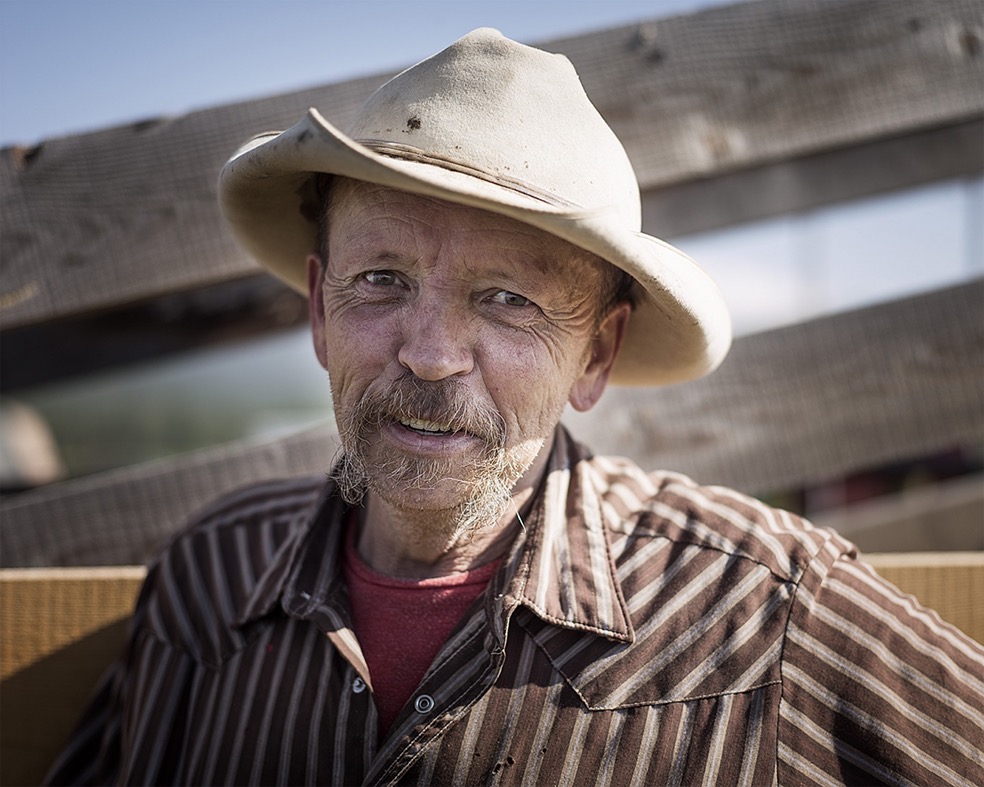
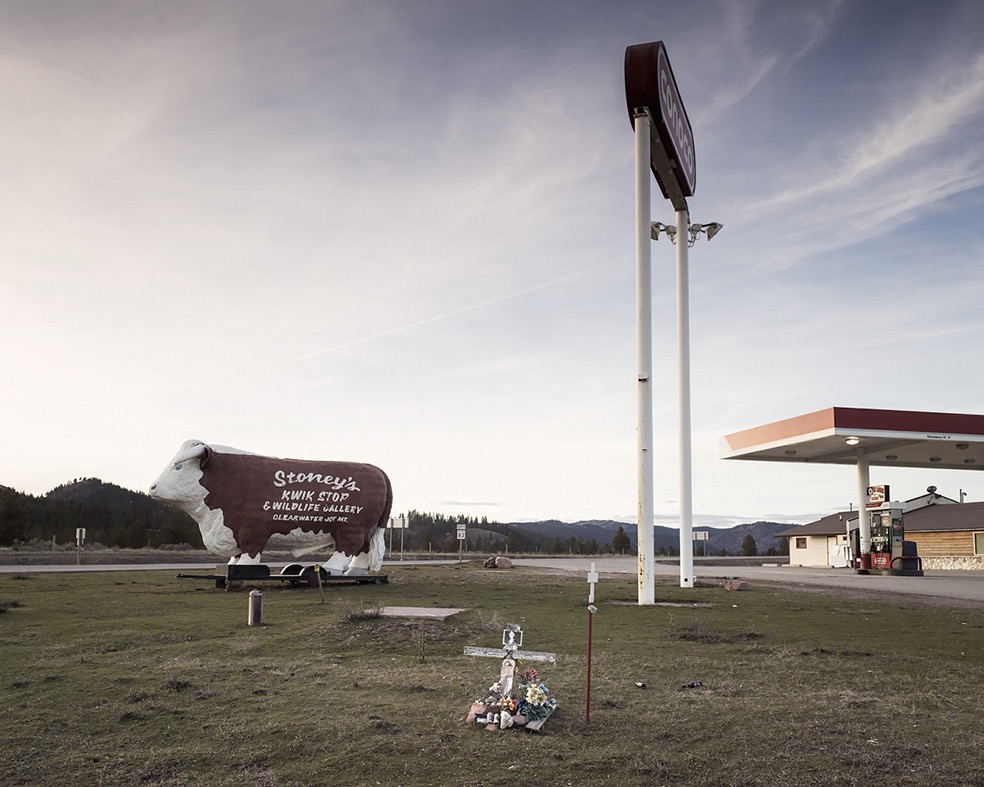
Where is your photography going? What are you currently working on and do you have any photographic plans for future?
I continue to work on a long form book project about the rural American west. This portfolio includes portraits, landscapes, and architecture. But, I’m generally committed to portraiture and always looking for opportunities to continue to make images of people. Most recently I have been working on a series of portraits of naturists. I shoot editorial work, commissions and spec jobs too. It’s a labor of love. The camera is an amazing device that allows deep immediate contemplation of our world. I’m an inherently curious person and have loved the doors that photography has opened for me.
What do you do besides photography?
I teach in the art department at the University of Montana. I raise my 3 year old daughter with lots of help from my lovely wife. I love being in the outdoors, backpacking, hunting, fishing, road tripping, and seeing what’s out there. Of course, I always have my camera near by.
Website: matthamon.com
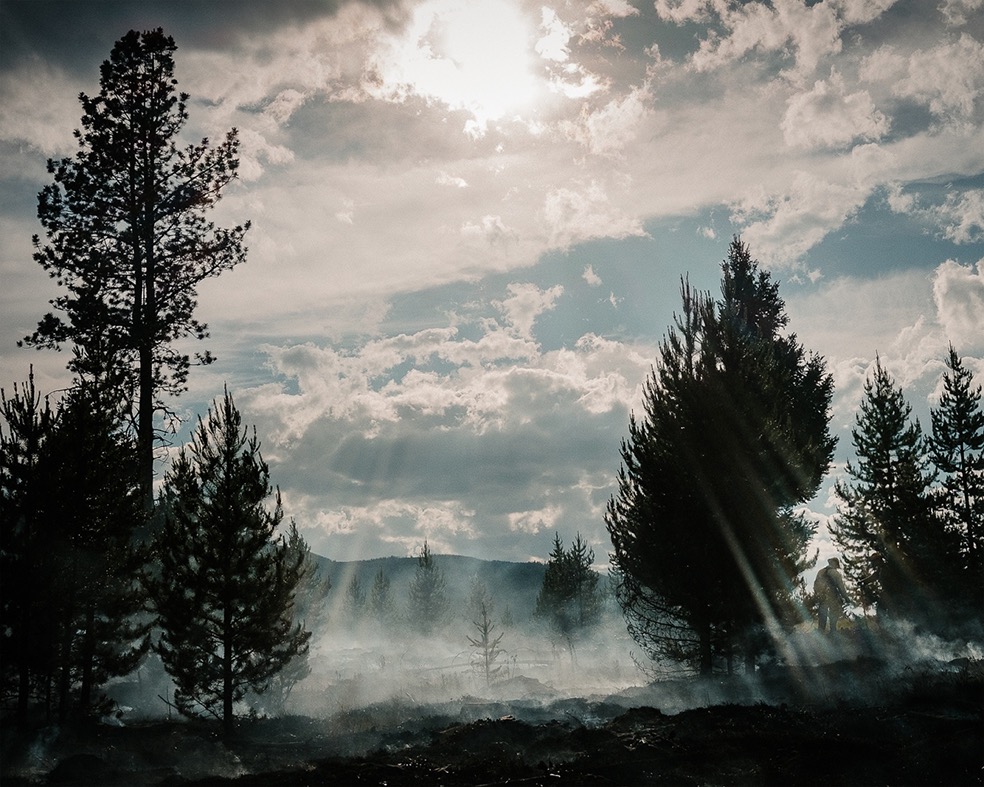
Chinook – The Ice Eater
Chinook winds are dry, warm, down-slope, foehn winds that occur on the lee side of mountain ranges in the interior West of North America. Chinook is claimed (incorrectly) by popular folk-etymology to mean “ice-eater.” Climate change issues in the post-rural West are also encoded in this title. The photographs here are from an emerging project that includes landscapes, portraits, and architectural images of the rural American West, that contemplate drosscape between industry and wildlands, progress and stasis.
Post-rural describes themes emerging out of, and tangential to, a pastiche of Postmodern concepts. The themes, narratives, objects, and aesthetic sensibilities present in these images consider the boundaries between urban, suburban, rural and wilderness areas of the American West. Generally, post-rural themes consider the commodification, narratives and shifting mythologies of rural areas since the 19th century and earlier as urban areas encroach on rural lands or mechanized agriculture draws workers away from the rural landscape. Such hybrid, incomplete integration seems to be a new and important demographic vector in the West, seen in other economies beyond academia. Indeed, the grafting of non-place-based industries, like data server farms, package processing depots, health care centers and internet start-up companies imply a more partial and contingent relationship to the land than ranches and mines. Perhaps this marks a redefinition of this place so steeped in mythic and legendary history.
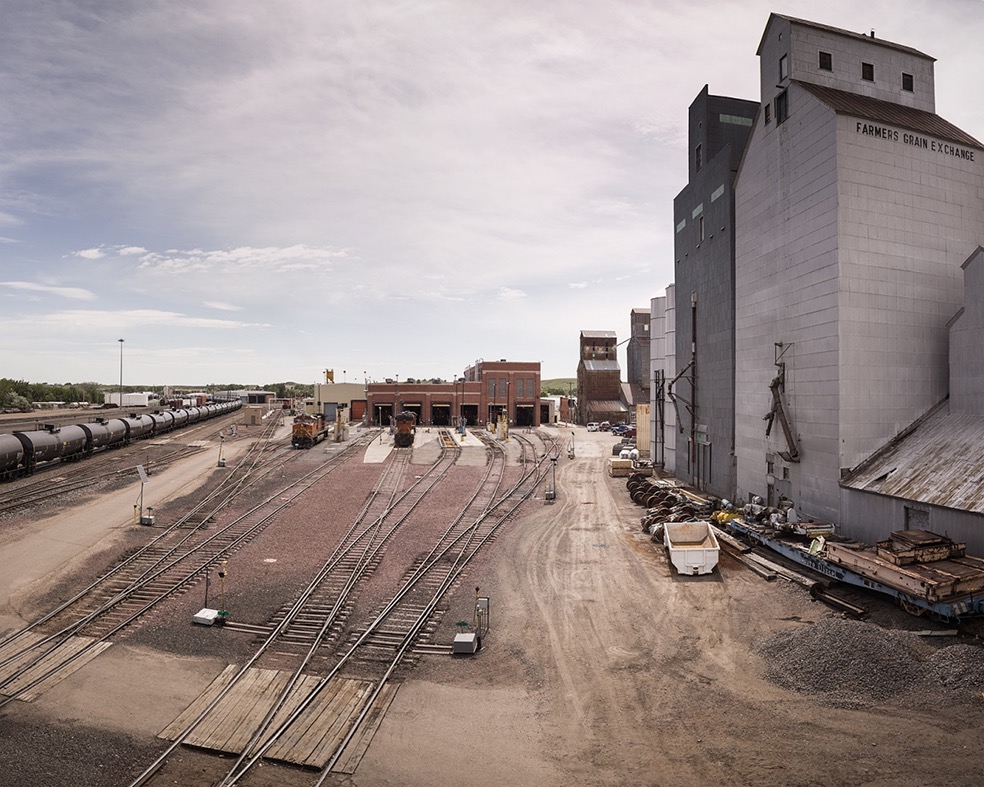
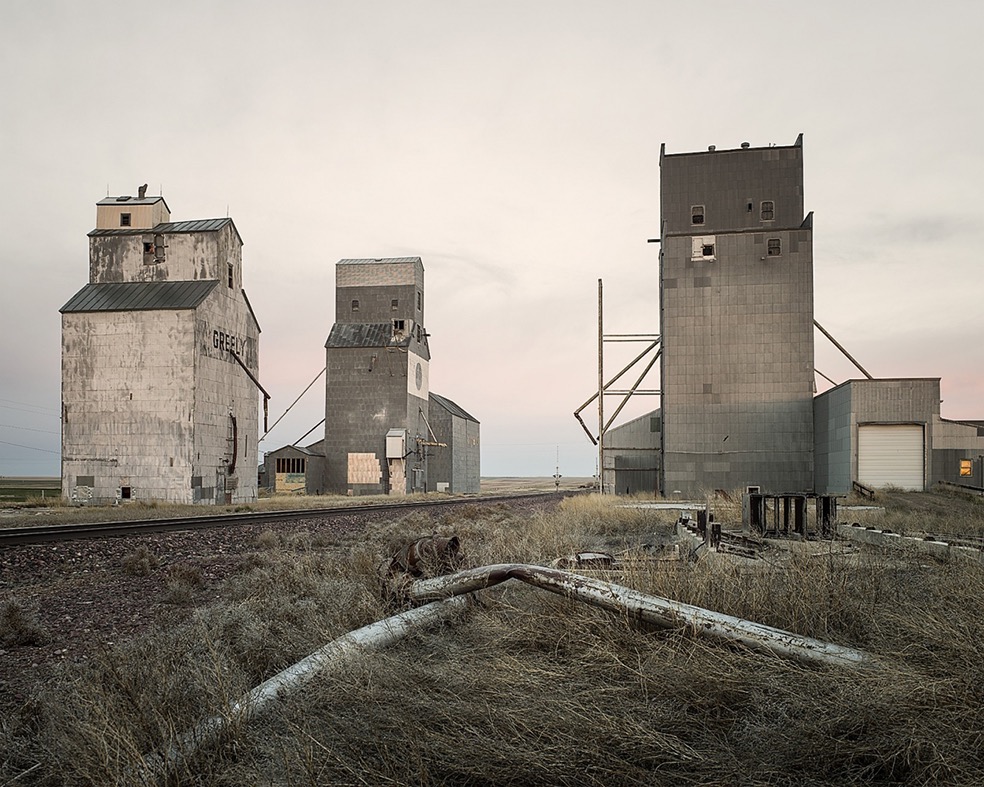
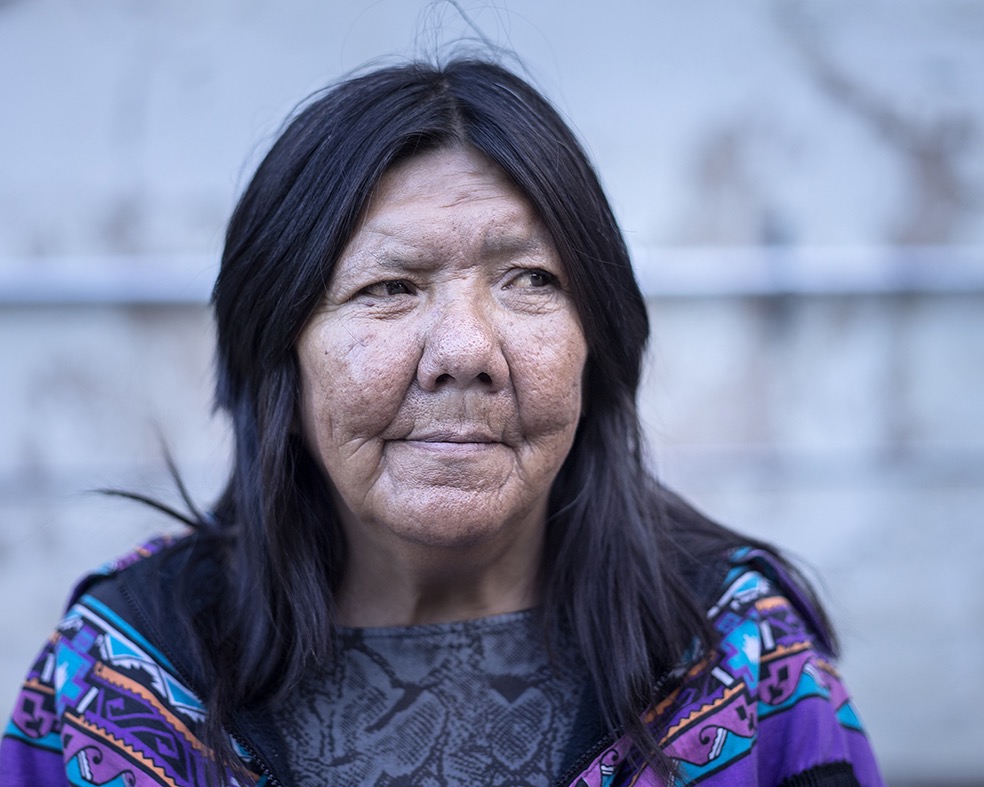
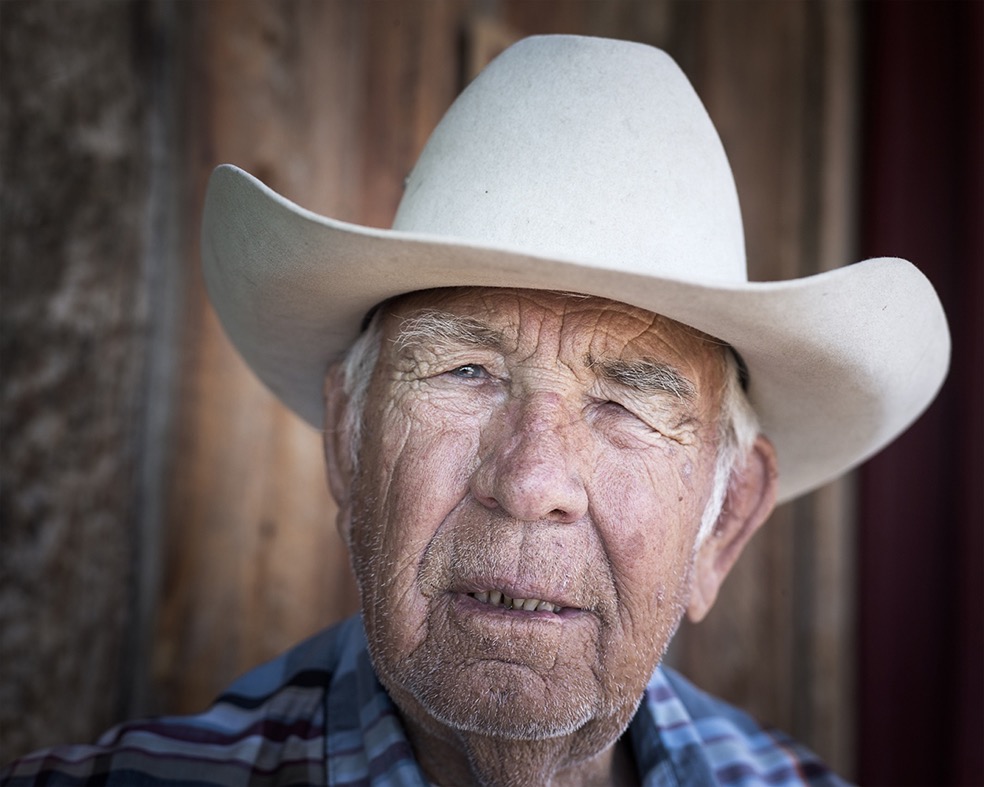
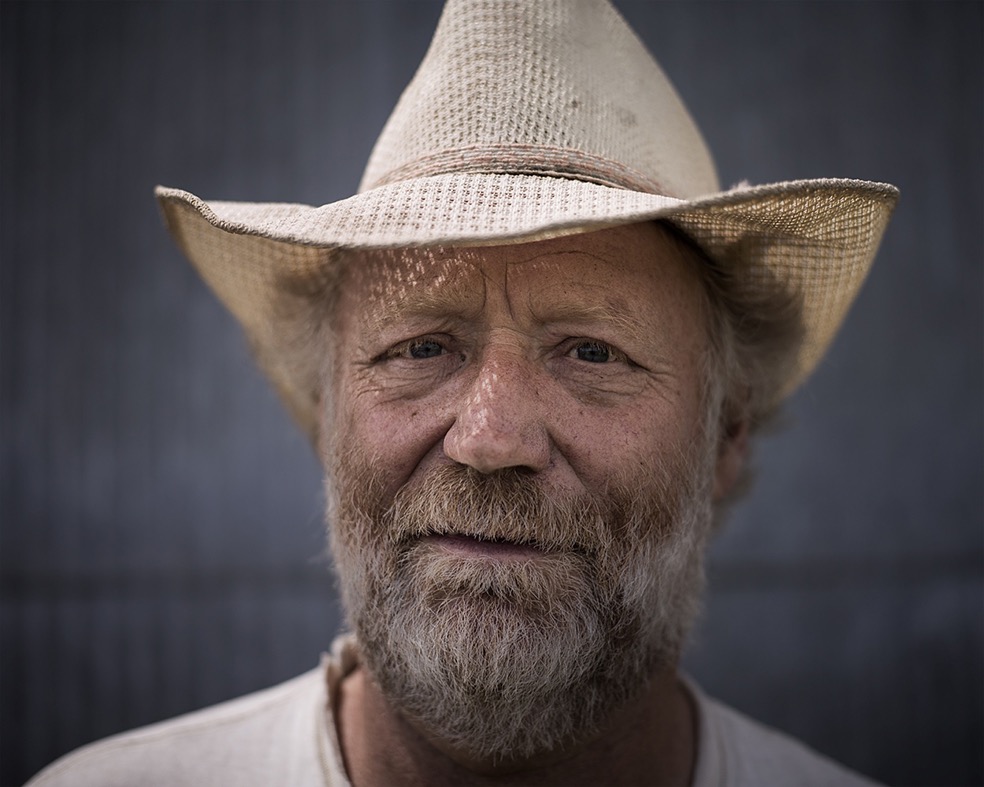
On The Hi-Line
This ongoing project examines the shifting culture, landscape, industry, and architecture of Montana’s northern latitudes as The USDA’s Conservation Reserve Program (CRP) has caused a shift from small, family owned farmsteads to large corporate agricultural production. Hi-Line refers to the northern portion of Montana just south of the Canadian border along which runs the main line of the BNSF Railway, Amtrak’s, Empire Builder, and U.S. Highway 2.
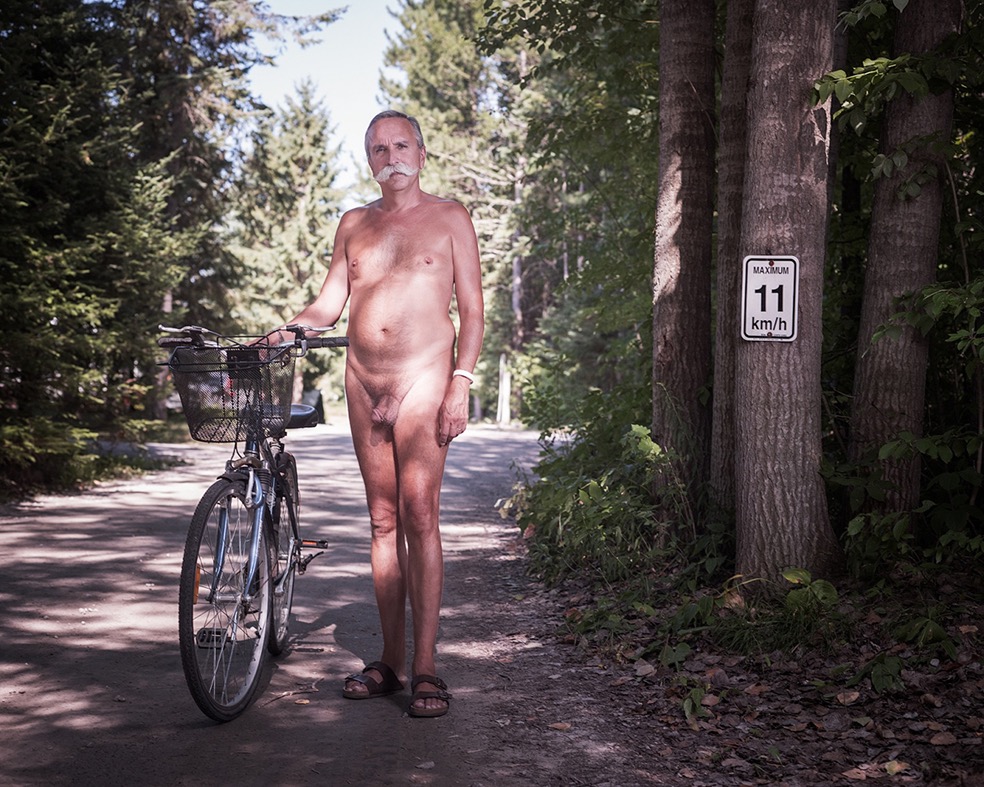
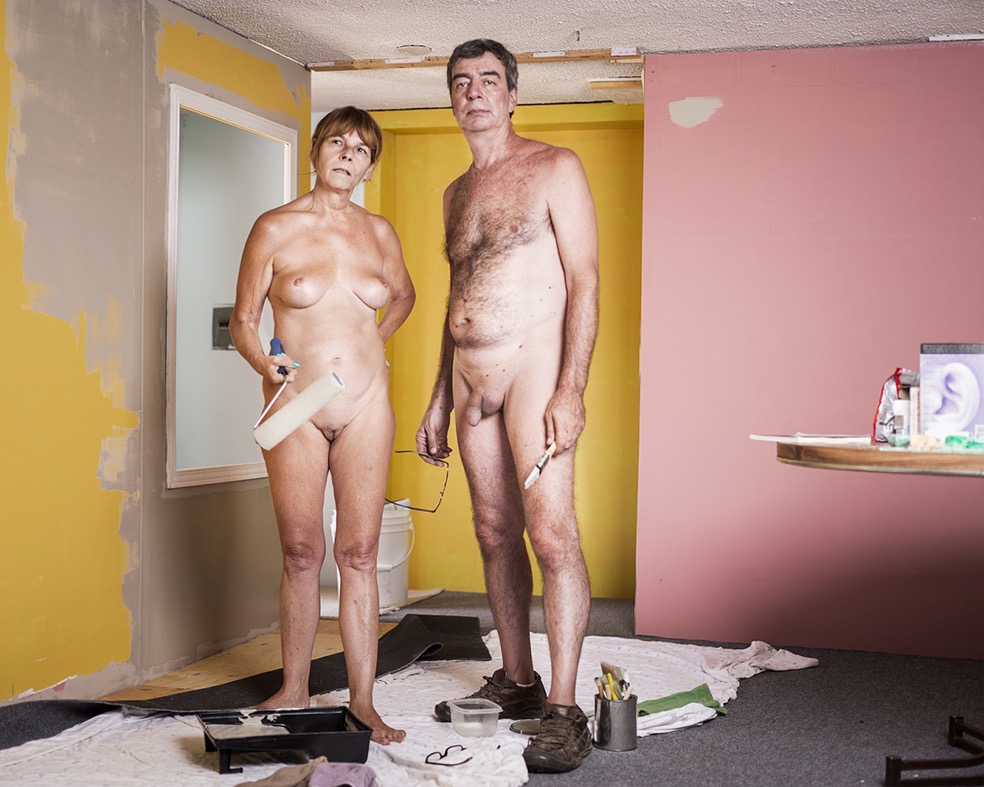
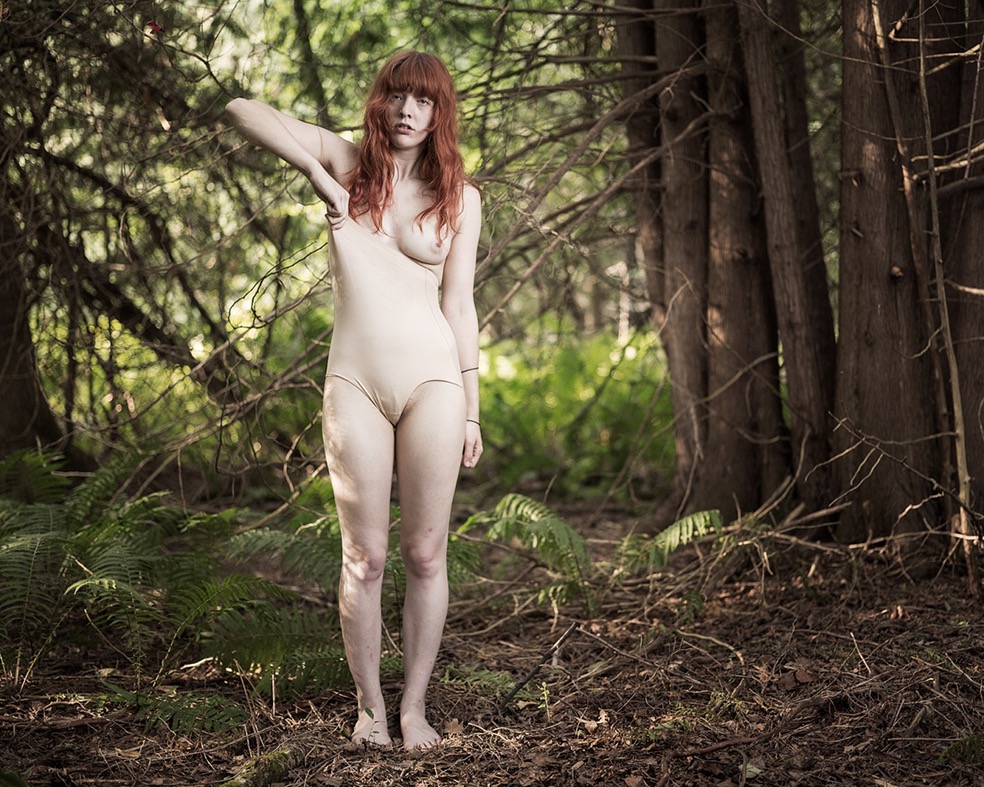
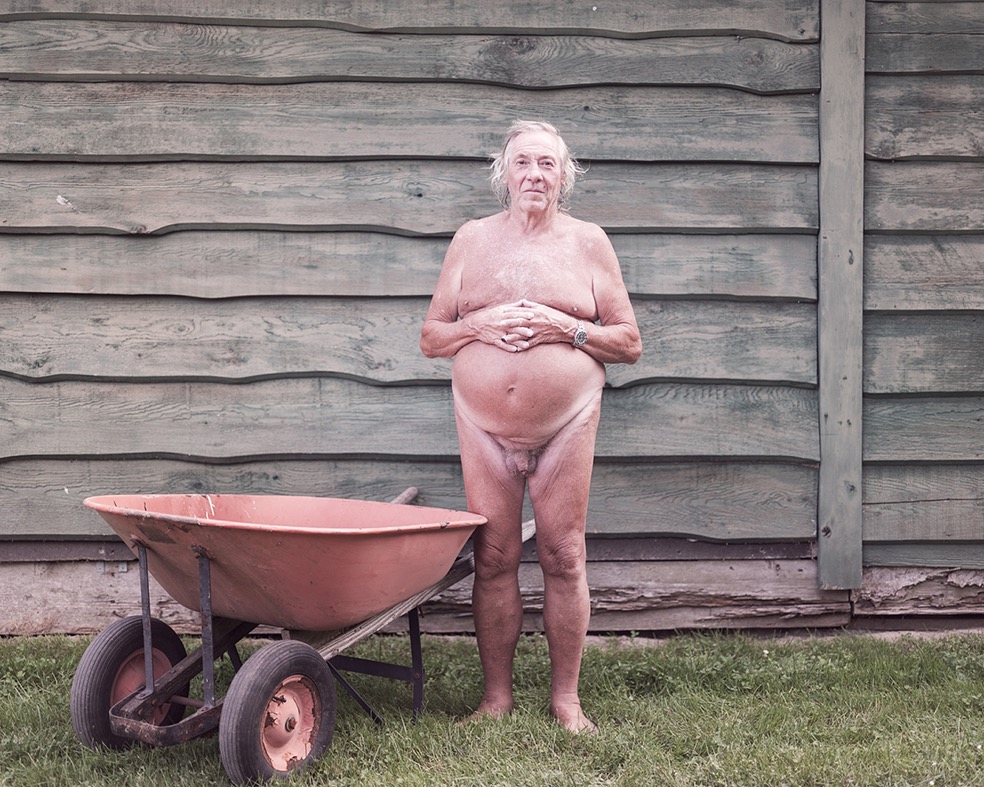
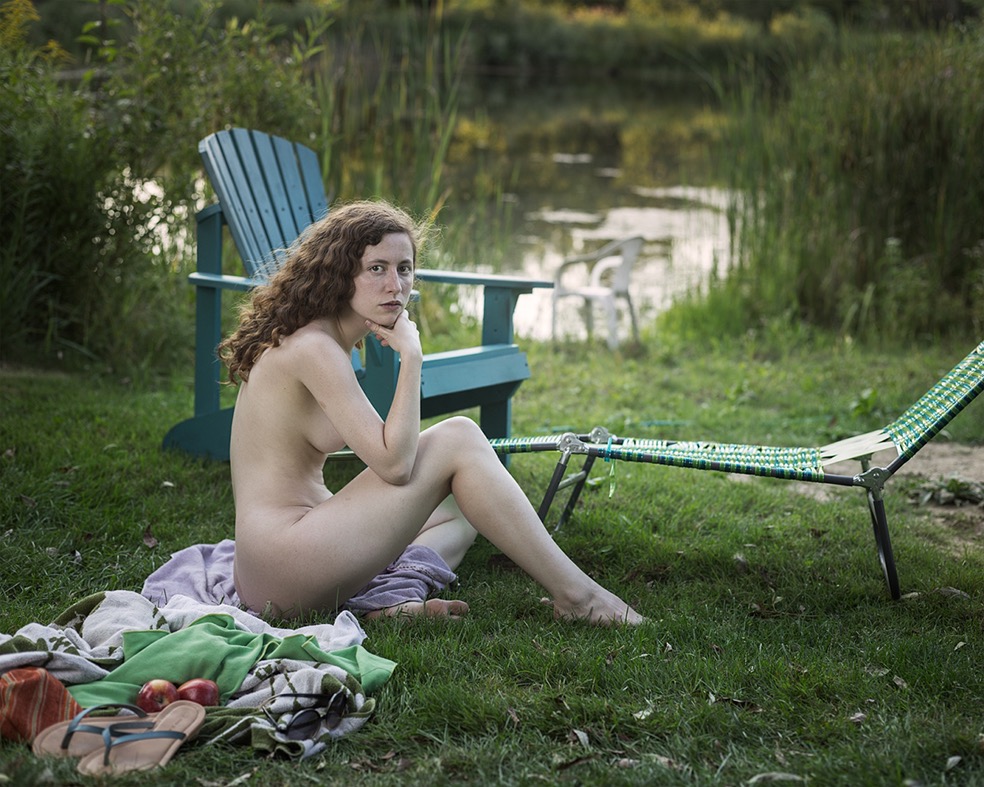
Gymnosophy
Our word gymnasium comes from a Greek noun meaning “place to be naked.” The adjective was gymnos, “naked.” In the early 20th century, the term gymnosophy was appropriated by several groups to denote a broad philosophy that promoted as an essential principle that the nude human body was a natural condition and should be normalized for the betterment of society. This series of portraits was made during a ten-day stay at a naturists’ community in Ontario, Canada. I comingle aesthetics and techniques associated with both journalism and formal portraiture to capture authentic, narrative images of this culture.


